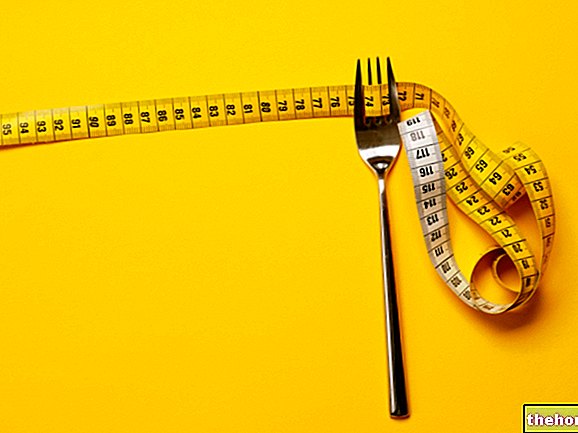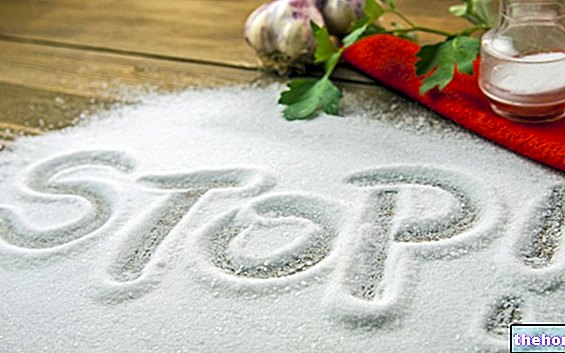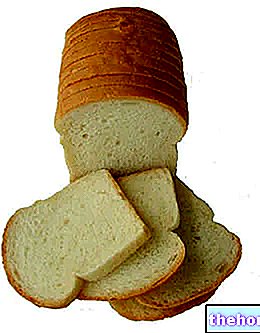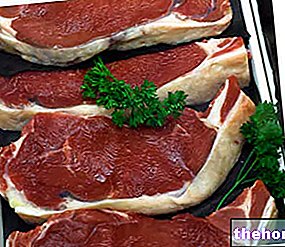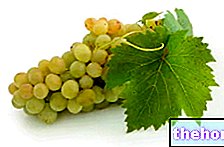
From the most recent acquisitions in the field of human nutrition, it has been confirmed that fruits and vegetables contain not only essential nutrients (vitamins, minerals and a small part of essential fatty acids), but also protective factors linked to their color.
Why are fruits and vegetables good for health?
We all know that eating a lot of fruit and vegetables is good for your health, but we asked ourselves why?
The health properties are due to the content of water, vitamins, mineral salts, sugars, fibers and compounds called phytoalexins (in English phytochemicals). These substances give vegetables and fruit their color and are important both for the plants themselves and for the human organism:
- For plants, thanks to the protective action against microorganisms and parasites;
- For the human organism thanks to the protective action towards the apparatuses and systems.
Each fruit and vegetable has a certain characteristic composition and for this reason it is recommended to eat as many varieties as possible.
In this way the body can absorb the right mix of fundamental substances to satisfy all its needs.
Importance of colors in the diet of fruit and vegetables
We therefore need to eat different types of fruit and vegetables every day, in order to ingest the correct amount of fiber and phytochemicals.
Here then is where the colors take over in the diet!
In fact, recent studies have shown that it is good to consume five fruit and vegetables with different colors every day: white, green, red, yellow / orange, purple / blue.
One serving equals:
- A side dish of raw or cooked vegetables (50-250 g);
- A medium-sized fruit (100-200 g) to be used as a snack, at the end of a meal or at breakfast;
- A fruit and / or vegetable juice (150-250 ml) to be consumed as a drink.
By managing to make these habits their own and maintaining an active (non-sedentary) lifestyle, it has been shown that the risk of cancer is reduced by 1/3 and a certain general physical well-being is maintained.
Following these tips is important in all stages of life, so it is recommended from the earliest years of age.
Let's now see, component by component, the beneficial properties of fruit and vegetables.
;Let's analyze them one at a time.
, anthocyanins, carotenoids and chlorophylls are the main phytochemicals of fruit and vegetables, and have the function of protecting the body by reducing the risk of:- Oxidative stress;
- Tumors;
- Total and LDL hypercholesterolemia;
- Primary arterial hypertension;
- Type 2 diabetes mellitus;
- Atherosclerosis;
- Thrombosis;
- Cardio- and cerebrovascular events.
Certain vitamins have remarkable antioxidant power and, in addition to slowing down aging, they protect (like phytoalexins) from the onset of tumors and metabolic pathologies.
Fruits and vegetables are mainly rich in:
- Antioxidant vitamins:
- Carotenoids (pro vitamins A such as beta carotene and lycopene): contained mainly in orange fruit and vegetables (peppers, chilli, tomatoes, carrots, strawberries, cherries, melon, peaches, apricots, etc.)
- Ascorbic acid (vitamin C): contained mainly in acidulous fruit (lemon, orange, grapefruit, strawberries, cherries, apples, etc.) and in certain vegetables (cauliflower, parsley, chilli, lettuce, radicchio, etc.)
- Tocopherols (vitamin E), especially alpha tocopherol: it is present almost everywhere even if in small quantities. Avocado, olives, spinach, turnip greens and especially oil seeds or extracted oils are very rich in them.
- Vitamin K: Actually, it's not that abundant, but vegetables are still the main food source.
- Folate: necessary for the synthesis of nucleic acids (very important for the development of the fetus), they are abundant in plants rich in chlorophyll (such as spinach, lettuce, radicchio, chicory, etc.) and in some fruits (such as apples and oranges) .
This is because fruits and vegetables are rich in potassium, magnesium and at the same time contain little sodium (the excess of which is implicated in the etiology of sensitive sodium high blood pressure).
Potassium promotes the urinary excretion of sodium and together with magnesium helps to maintain an alkaline PRAL.
and favor the regularity of the alvo;
It is also for this reason that doctors and nutritionists recommend drinking at least one liter of water a day. This indication does not correspond to our real need, which is at least double (about 2 liters for an average adult). So, in addition to the liter of water to drink, the remaining 50% of the water requirement is covered by food and above all by: fruit, vegetables and milk; secondly (but not too much) are cooked meat, fish and cereals-legumes.
This is why sportsmen, who have a greater need for water to compensate for sweating, are generally not advised to eat preserved foods (cheeses, cured meats, etc.).
Water is also essential, in the right quantities (one or two glasses per meal, depending on the composition), to ensure proper digestion.
oxidative), or obtained from intensive agriculture, have a lower than normal chemical value.Hence the recommendation to prefer seasonal fruit and vegetables, preferably local or "short chain".
Even badly preserved seasonal fruit undergoes exposure to free radicals, oxygen and light, losing most of the nutrients sensitive to them.
it is guaranteed above all in raw products.
Among the thermolabile molecules stand out above all certain vitamins, which are notoriously degraded with heat (especially C and folate).
Furthermore, when cooking fruit and vegetables by poaching (or boiling), a dilution of the minerals in the surrounding liquid occurs.
Cooked fruit and vegetables are useful for increasing the portions and therefore the contribution of fibers which, among other things, also become more soluble - viscous. In this way they are more useful in the modulation of the intestine and as prebiotics.
To learn more, read also: The Diet of Red The Diet of Yellow and Orange The Diet of Green The Diet of Violet-Blue The Diet of White Light, with little oil but very very tasty. Follow our video recipe Vegetables Stuffed with Meat
Problems with playing the video? Reload the video from youtube.
- Go to the Video Page
- Go to the Video Recipes Section
- Watch the video on youtube

